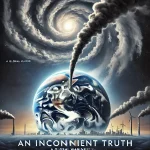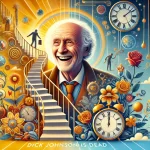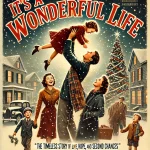Bram Stoker’s Dracula (1992)

Bram Stoker’s Dracula (1992): A Gothic Tale of Love, Desire, and Immortality
Bram Stoker’s Dracula (1992), directed by Francis Ford Coppola, is a visually striking and emotionally charged reimagining of the classic gothic novel. The film delves into the tragic and seductive story of Count Dracula, bringing the iconic vampire legend to life with passion, darkness, and an exploration of forbidden love.
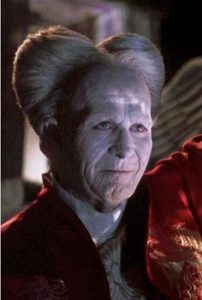
The film begins with Dracula’s transformation from a noble warrior into a vampire, driven by the grief and rage over the loss of his beloved wife, Elisabeta. When he learns that she has been reincarnated in the form of a young woman named Mina Harker, Dracula embarks on a journey to London to reclaim her, setting in motion a deadly and passionate pursuit that threatens to consume everyone in its path.

With themes of immortality, obsession, and the eternal struggle between good and evil, the film explores the complexities of desire and the human soul. Gary Oldman’s portrayal of Dracula is both tragic and mesmerizing, embodying the character’s desperate longing for love and revenge. Winona Ryder, as Mina, plays the innocent yet strong-willed woman caught between two worlds, while Keanu Reeves and Anthony Hopkins provide strong performances as the determined Jonathan Harker and the wise Professor Van Helsing, respectively.
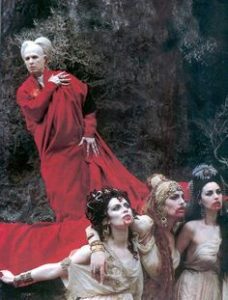
Coppola’s lush, stylistic direction and the film’s bold visual choices—a mix of vivid colors, swirling effects, and elaborate set designs—make Bram Stoker’s Dracula an unforgettable cinematic experience. It’s a movie that transforms the well-known vampire tale into an epic, romantic tragedy, blending horror with high art, and ultimately questioning the nature of love, immortality, and sacrifice.
This version of Dracula is more than just a tale of a monster; it’s a haunting meditation on the all-consuming power of love and the eternal battle between darkness and light.


